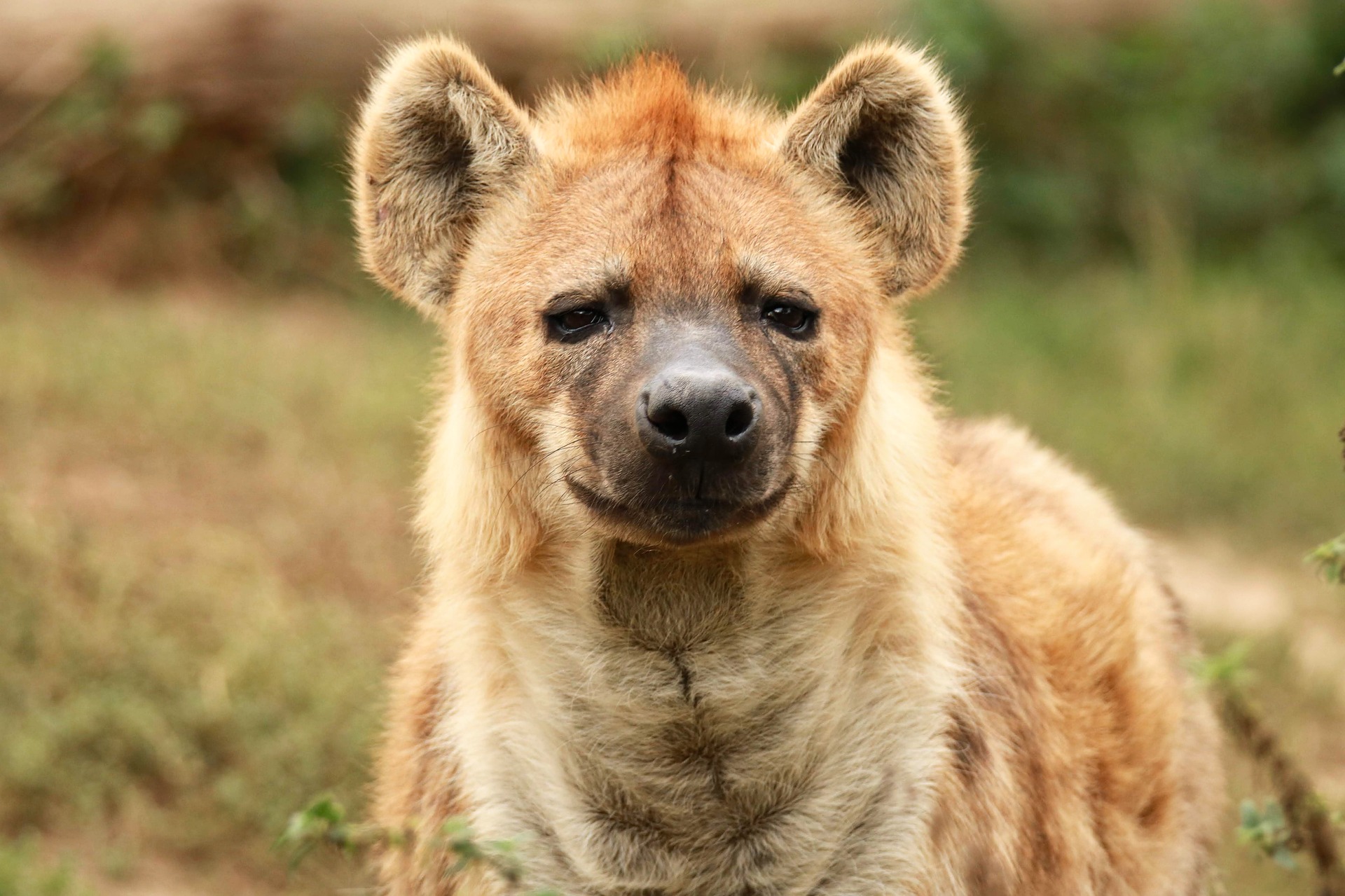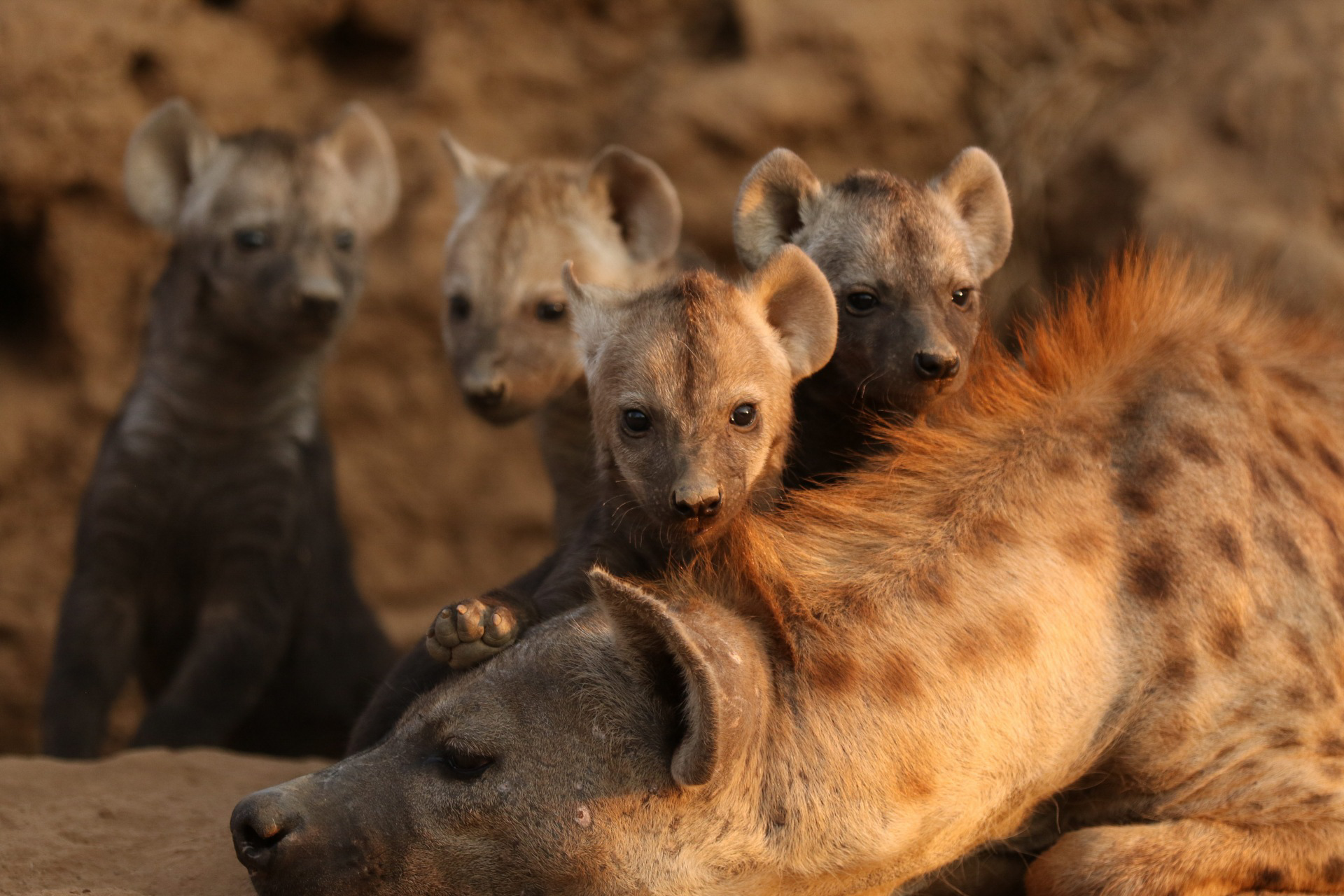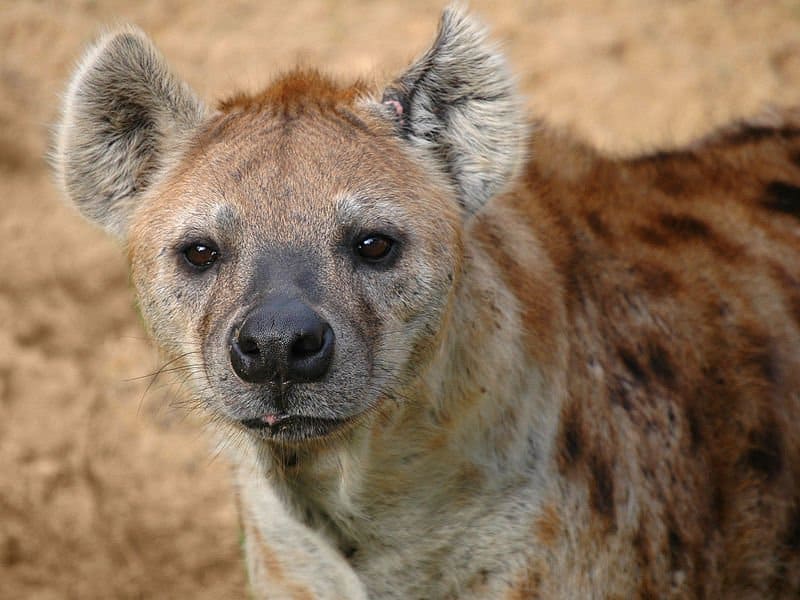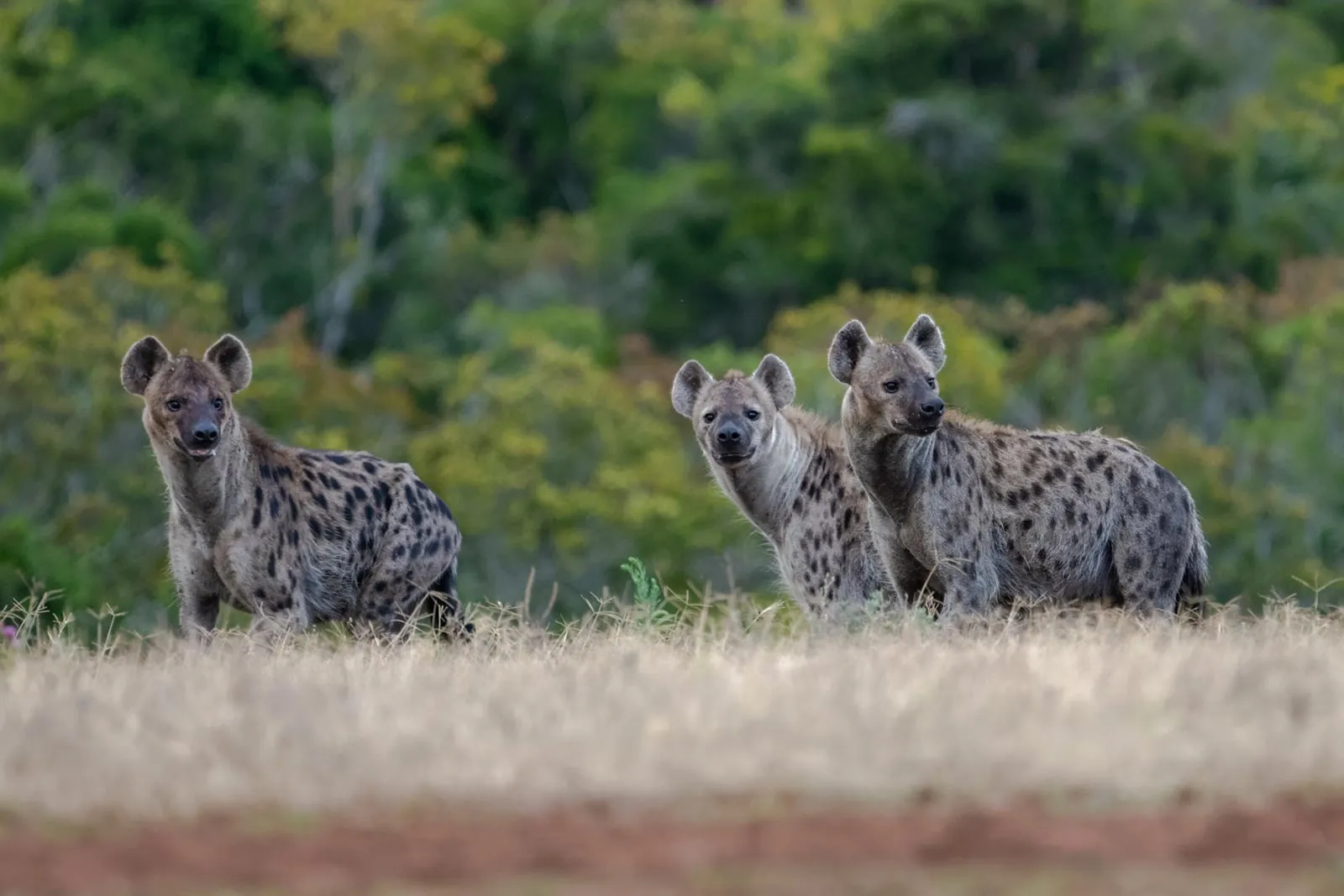Discover Why Hyenas Laugh and What It Means When They Do

Hyenas are fascinating creatures that have long been the subject of myths, legends, and scientific study. One of their most distinctive features is their laughter – a sound that has often been misunderstood or misinterpreted by humans. In this blog post, we will explore the science behind hyena laughter, its different types, and what it means when they do laugh. We’ll also examine the role of laughter in hyena social hierarchy, controversies surrounding it, and comparisons to human laughter. Lastly, we’ll look at conservation efforts for hyenas and the myths and legends associated with their laughter.
The Science Behind Hyena Laughing

Before we delve into the different types and meanings of hyena laughter, let’s first understand the science behind it. Hyenas belong to the family Hyaenidae, which comprises four species: the spotted hyena, brown hyena, striped hyena, and aardwolf. All four species have vocalizations that include growls, barks, woops, whines, and laughs. A hyena’s laugh is produced by a rapid inhalation and exhalation of air through the larynx, producing a series of short, sharp sounds.
The vocalization is driven by an increase in carbon dioxide levels in the blood caused by hyperventilation. This results in stimulation of the vocal cords, leading to the characteristic giggling sound. Research shows that hyena laughter is not necessarily an indicator of happiness or joy, but can also be associated with stress, fear, or aggression.
The Different Types of Hyena Laughter
Hyenas produce three distinct types of laughter: the whoop, the giggle, and the grunt. Each type of laughter serves a different purpose and has a unique sound.
- The Whoop: This is the loudest and longest of all hyena vocalizations, often used to signal the presence of food or to alert other members of the clan. It begins with a series of short, sharp inhalations and ends with a long exhalation.
- The Giggle: This is the most commonly heard hyena vocalization and is often associated with social interactions such as greeting, play, or submission. It is produced by rapid inhalations and exhalations, leading to a sound that resembles human laughter.
- The Grunt: This is a low-pitched vocalization produced during feeding or aggression, often accompanied by growls. It serves as a warning to other individuals to stay away from the food source or to back off during a confrontation.
Communication through Hyena Laughter

Hyenas are highly social animals that live in groups known as clans. Clan members use a variety of vocalizations, including laughter, to communicate with each other. Hyenas can identify individual clan members by their laughter and use it to maintain social bonds, establish dominance hierarchies, and coordinate group activities such as hunting or defending territories.
Research shows that hyenas can also use laughter to convey information about the size and strength of their clan. For example, larger clans tend to produce louder and more complex laughs than smaller clans. In addition, hyenas from different clans may have distinct laughter patterns that allow them to recognize members of their own group and distinguish them from outsiders.
Hyena Social Hierarchy: Role of Laughter

Hyena clans have a strict social hierarchy based on dominance, which is established through physical aggression and vocalizations. Laughter plays an important role in this hierarchy, as it is often used to signal submission or dominance. For example, subordinate hyenas may use higher-pitched giggles to indicate their lower status, while dominant hyenas may use deeper grunts to assert their authority.
Moreover, research has shown that hyenas can recognize individual laugh signatures of their clan members and can use them as a basis for social interactions. For instance, an individual who laughs less frequently or with a different pattern than usual may be perceived as sick or injured by other clan members.
Controversies Surrounding Hyena Laughing
Although hyena laughter is a well-known feature of these animals, it has also been the subject of controversy and misunderstanding. In some cultures, hyenas are considered to be evil or associated with witchcraft due to their distinctive laughter.
Moreover, some researchers have suggested that hyena laughter may be linked to mental illness or neurological disorders, based on observations of captive animals that exhibit repetitive or compulsive laughing behavior. However, this theory remains unproven, and there is no evidence to support the claim that hyenas in the wild exhibit such behavior.
Comparing Hyena Laughter to Human Laughter
Hyena laughter has often been compared to human laughter, both in terms of its physical characteristics and its function in social communication. Studies have shown that both types of laughter share many features, including rapid inhalations and exhalations, vocal cord stimulation, and the release of endorphins.
However, there are also important differences between hyena and human laughter. For example, while human laughter is often associated with positive emotions such as joy or humor, hyena laughter can also be a sign of stress, fear, or aggression. Additionally, hyenas use different types of laughter to convey different messages, whereas humans typically use a single type of laughter for all social situations.
Hyena Laughter as a Sign of Stress or Aggression
As mentioned earlier, hyena laughter is not always an indication of happiness or playfulness. In fact, studies have shown that hyenas may produce laughter in stressful or aggressive situations, such as during confrontations with other individuals or when faced with unfamiliar stimuli.
For example, researchers have observed hyena cubs producing giggling sounds during interactions with adult males, which may be a way of signaling their submission and avoiding aggression. Similarly, hyenas may produce whoops or grunts during feeding interactions to assert their dominance over other clan members.
Laughter in Other Animal Species
While hyenas are perhaps the most well-known animals that produce laughter-like vocalizations, they are not the only ones. In fact, many other animal species also produce sounds that resemble human laughter, including primates, birds, and even rats.
For instance, chimpanzees have been observed producing panting vocalizations that resemble laughter during play sessions, while parrots have been known to mimic human laughter in captivity. Similarly, rats emit ultrasonic vocalizations that some researchers have likened to laughter when playing with each other.
Conservation Efforts for Hyenas
Hyenas are often misunderstood and maligned animals, viewed as pests or scavengers by many people. However, these animals play an important role in their ecosystems as both predators and scavengers, helping to maintain the balance of nature. Unfortunately, all four species of hyenas are currently listed as either vulnerable or endangered, due to habitat loss, hunting, and persecution by humans.
Conservation efforts for hyenas include initiatives to protect their habitats, reduce human-wildlife conflict, and raise awareness about the importance of these animals in their ecosystems. Additionally, researchers are working to better understand hyena behavior and vocalizations, which could help inform conservation strategies and promote coexistence between humans and hyenas.
Myths and Legends Associated with Hyena Laughter
Finally, no discussion of hyenas and laughter would be complete without examining the many myths and legends that have arisen around these animals. In some African cultures, hyenas are seen as tricksters or even demons, associated with death, disease, or witchcraft.
One of the most famous examples of this association is the hyena in Disney’s “The Lion King,” which is portrayed as a villainous and cowardly character. However, such depictions are often based on misunderstandings and stereotypes, rather than accurate portrayals of hyena behavior.
Conclusion
In conclusion, hyena laughter is a fascinating and complex phenomenon that is still not fully understood by scientists or the general public. While it can serve as a social bonding tool among clan members, it can also be a sign of stress, fear, or aggression. By studying hyena laughter and other vocalizations, researchers can gain insights into the behavior and communication patterns of these animals, which may in turn help inform conservation efforts and promote coexistence between humans and wildlife.